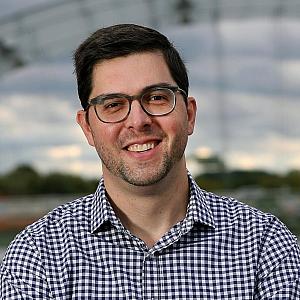
Justin Murphy
reporter

reporter
Education reporter at the Democrat and Chronicle in Rochester, New York.
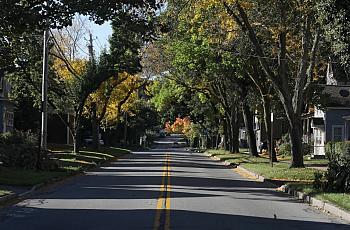
In its announcement that Rochester's trees should be protected, the Landmark Society of Western New York's cited a Democrat and Chronicle 2022 series on the topic.
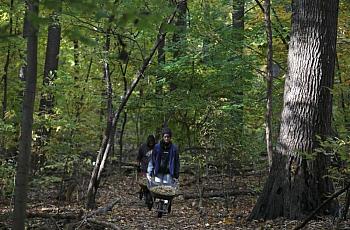
It started with a deceptively simple question: Why are there more trees in some parts of town than others?
The $739 billion Inflation Reduction Act signed into law this month includes $1.5 billion for urban forestry, a massive investment intended to make cities more green and more resilient to increasing heat due to climate change.
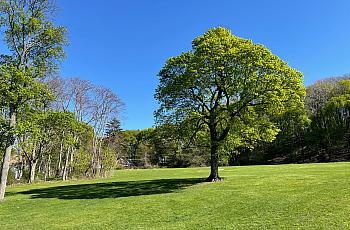
More than 100 people responded to a call from the Democrat and Chronicle for their favorite tree in Rochester.
This story was produced as part of a larger project for the USC Annenberg Center for Health Journalism’s 2021 Data Fellowship. Research shows that living near trees brings important health and community benefits.
Rochester's most lavish natural setting has been effectively reserved for its white, wealthy and well-connected citizens.
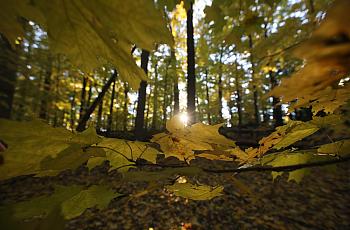
Reporter Justin Murphy used unique data sources and a range of other records to analyze the history of Rochester’s tree cover. Here’s how he did it.
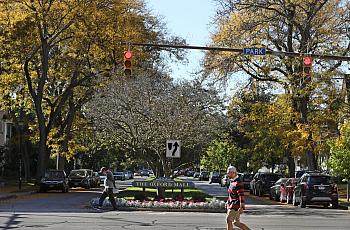
The current inequality in tree cover in the city of Rochester is easy to observe, but how did it come to be that way?
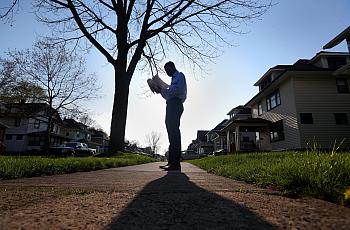
Rochester Mayor Malik Evans campaigned last year on a promise to "promote environmental justice in every neighborhood ... (while) making Rochester an environmentally friendly city of the future."
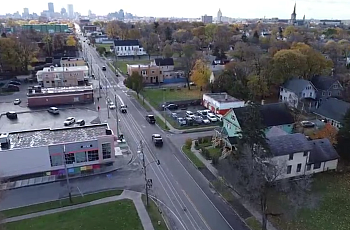
The city today recognizes the need to add tree cover in certain neighborhoods but so far there is little evidence of a concrete plan to do so.